 They did it again. Co-producers EG Kight and Paul Hornsby captured another set of tracks that feature Lisa’s wonderful voice but don’t short the listener one bit in the sound behind it. Back in 2012, Kight, Hornsby, and Biales hooked up for Just Like Honey which contained some Biales and Kight originals but consisted largely of tunes written by or associated with a number of Biales’ influences. Those influences are not totally ignored here, there’s a tune written by Memphis Minnie and another that Bessie Smith made famous, but Kight wrote or collaborated on seven of the eleven songs on Belle of the Blues.
They did it again. Co-producers EG Kight and Paul Hornsby captured another set of tracks that feature Lisa’s wonderful voice but don’t short the listener one bit in the sound behind it. Back in 2012, Kight, Hornsby, and Biales hooked up for Just Like Honey which contained some Biales and Kight originals but consisted largely of tunes written by or associated with a number of Biales’ influences. Those influences are not totally ignored here, there’s a tune written by Memphis Minnie and another that Bessie Smith made famous, but Kight wrote or collaborated on seven of the eleven songs on Belle of the Blues.
As they did on on Just Like Honey, Tommy Talton (guitar) and Bill Stewart (drums) appear on every track with Tommy Vickery and Johnny Fountain splitting bass duties to bound out the core trio of backing musicians. This line up is frequently augmented by the likes of Pat Bergeson on harmonica, Ken Wynn on guitar, and Randall Bramlett on organ. Kight adds some vocal and guitar help and Hornsby plays piano on several tracks. Something that I thought a nice touch, although it only shows up in the digital version of the track listing, is the identity of featured musicians in the titles. Examples are “Sad Sad Sunday (Featuring Tommy Talton & Randall Bramblett)” and “Belle of the Blues (Featuring Pat Bergeson)”.
Despite all the talent involved in writing, recording, and playing, this is clearly a Lisa Biales album. Her voice is out front and in control of every song from the sultry “Sad Sad Sunday through the raucous “Bad Girl”. She even takes charge of “Trouble”, a song firmly associated with Kight (she wrote it and made it the title track of a 2000 release) in a way that, while it won’t make you forget EG, will sure make you remember Lisa.

 In Nashville, the Long Players exist solely to deliver live performances of entire albums. Individual songs may be rearranged to fit specific performers but when they do an album, they do it all and they do it in the same sequence it once appeared on your turntable. That’s the way I first heard Belle of the Blues. At Friday’s CD release in Oxford, Ohio, Lisa started things off by performing all eleven songs “just like the record”. I believe it was also the official debut of the quartet she’s calling the Belle of the Blues Band and with which she will be preforming other shows in the coming months. I won’t claim that this group (Bill Littleford guitar, Dave Mackey drums, Noah Cope bass, Chuck Wiggins keys) is better than the high powered crew that did the studio version, but I can report that they are mighty good and the performance was not wanting in any way.
In Nashville, the Long Players exist solely to deliver live performances of entire albums. Individual songs may be rearranged to fit specific performers but when they do an album, they do it all and they do it in the same sequence it once appeared on your turntable. That’s the way I first heard Belle of the Blues. At Friday’s CD release in Oxford, Ohio, Lisa started things off by performing all eleven songs “just like the record”. I believe it was also the official debut of the quartet she’s calling the Belle of the Blues Band and with which she will be preforming other shows in the coming months. I won’t claim that this group (Bill Littleford guitar, Dave Mackey drums, Noah Cope bass, Chuck Wiggins keys) is better than the high powered crew that did the studio version, but I can report that they are mighty good and the performance was not wanting in any way.
 A short break followed the album then the group returned to do an assortment of songs from Lisa’s repertoire. One was a Jimi Hendrix tune that Lisa has been performing at least since 2010 when she included it on her Closet Hippie CD. As a result, I got to hear the Little Wing solo performed on accordion for the first time ever. I liked it.
A short break followed the album then the group returned to do an assortment of songs from Lisa’s repertoire. One was a Jimi Hendrix tune that Lisa has been performing at least since 2010 when she included it on her Closet Hippie CD. As a result, I got to hear the Little Wing solo performed on accordion for the first time ever. I liked it.

 Two really big things have happened since I reviewed Terri Weeks ebook,
Two really big things have happened since I reviewed Terri Weeks ebook, 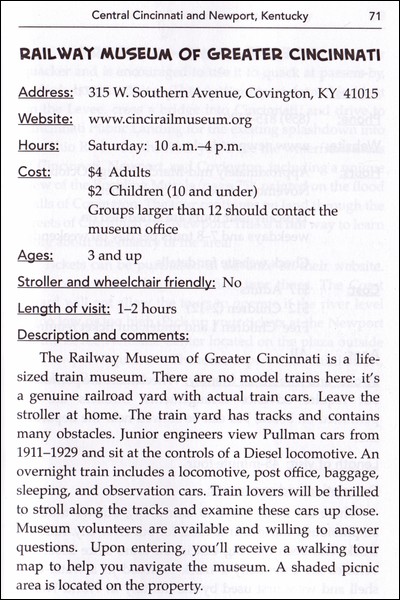
 This book is different. It’s different from what I typically read and it’s different from what Jim Ross typically writes. It is also different from other Vietnam memoirs; at least I think it is. I’ve not read a ton of Vietnam memoirs so I can’t speak to that last point with any authority but I can try to explain why I believe it. In the more than forty years between the events told of in the book and the book’s completion, Ross wrote or co-wrote several other books and developed some formidable writing skills. That’s hardly all he learned, of course, but he somehow manages to keep most of those other things out of this book. In Outside the Wire: Riding with the “Triple Deuce in Vietnam, 1970, Jim Ross tells the story of a twenty year old kid, including the words and thoughts of that kid, with the skill of an accomplished writer and my sense is that that is a rare combination.
This book is different. It’s different from what I typically read and it’s different from what Jim Ross typically writes. It is also different from other Vietnam memoirs; at least I think it is. I’ve not read a ton of Vietnam memoirs so I can’t speak to that last point with any authority but I can try to explain why I believe it. In the more than forty years between the events told of in the book and the book’s completion, Ross wrote or co-wrote several other books and developed some formidable writing skills. That’s hardly all he learned, of course, but he somehow manages to keep most of those other things out of this book. In Outside the Wire: Riding with the “Triple Deuce in Vietnam, 1970, Jim Ross tells the story of a twenty year old kid, including the words and thoughts of that kid, with the skill of an accomplished writer and my sense is that that is a rare combination.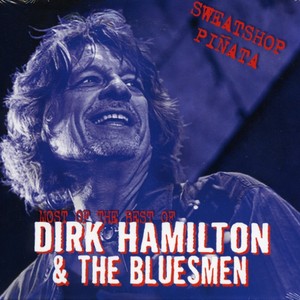 The album’s full title is Sweatshop Piñata: Most of the Best of Dirk Hamilton & The Bluesmen. If that means there may someday be another album with the rest of the best of Dirk Hamilton & The Bluesmen, I’m in.
The album’s full title is Sweatshop Piñata: Most of the Best of Dirk Hamilton & The Bluesmen. If that means there may someday be another album with the rest of the best of Dirk Hamilton & The Bluesmen, I’m in.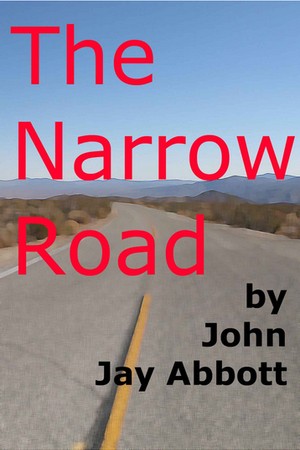 This book could be called a near opposite of the one in my most recent review. That one contained lots of information and was well researched but not so well written. The Narrow Road: An Adventure on the Lincoln Highway tells me little that’s new and involved almost no research but is fairly well written. Yes, I do have variety in my reading.
This book could be called a near opposite of the one in my most recent review. That one contained lots of information and was well researched but not so well written. The Narrow Road: An Adventure on the Lincoln Highway tells me little that’s new and involved almost no research but is fairly well written. Yes, I do have variety in my reading.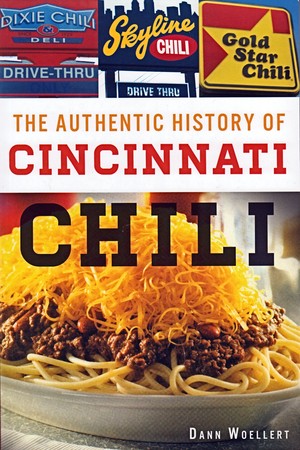 There is definitely a lot of information in this book. That’s why it’s here. I’ve often said that all my reviews are positive not because I like everything I read but because I see no reason to spend time reviewing something I don’t like. The Authentic History of Cincinnati Chili had me wavering. The subject matter is clearly in my strike zone. History? Check. Cincinnati? Check. Chili? Are you kidding? This looks like a book that could have been written specifically for me, right? Digging into it, however, was not quite as tasty as I thought it would be.
There is definitely a lot of information in this book. That’s why it’s here. I’ve often said that all my reviews are positive not because I like everything I read but because I see no reason to spend time reviewing something I don’t like. The Authentic History of Cincinnati Chili had me wavering. The subject matter is clearly in my strike zone. History? Check. Cincinnati? Check. Chili? Are you kidding? This looks like a book that could have been written specifically for me, right? Digging into it, however, was not quite as tasty as I thought it would be.
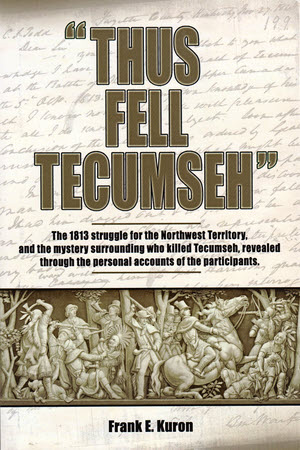 One of the few undisputed facts of Tecumseh’s life is the date of his death. The date of his birth is only known approximately and there are multiple possibilities for its location. He was born about March 1768 somewhere in the Ohio territory. It’s pretty much accepted that he met his end at the Battle of the Thames but that statement isn’t quite as precise as it might appear. While it is generally believed, as most reports indicate, that he died as a combatant in the battle, reports do exist that describe his death as an accidental shooting some distance away from the actual fighting. What no one questions is that Tecumseh was alive on the morning of October 5, 1813, and dead at the end of the day.
One of the few undisputed facts of Tecumseh’s life is the date of his death. The date of his birth is only known approximately and there are multiple possibilities for its location. He was born about March 1768 somewhere in the Ohio territory. It’s pretty much accepted that he met his end at the Battle of the Thames but that statement isn’t quite as precise as it might appear. While it is generally believed, as most reports indicate, that he died as a combatant in the battle, reports do exist that describe his death as an accidental shooting some distance away from the actual fighting. What no one questions is that Tecumseh was alive on the morning of October 5, 1813, and dead at the end of the day.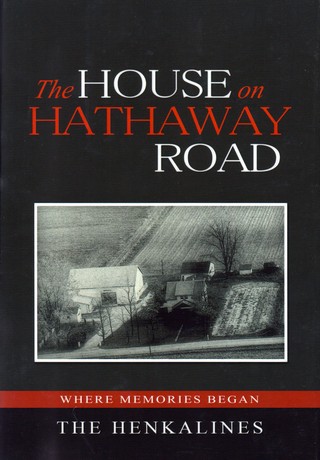 Not only did I graduate from high school smack dab in in the middle of the ’60s, it was smack dab in the middle of the Henkalines, too. There were four of them; a girl and three boys. The girl was a few years older than the boys. The oldest boy graduated a year before me and the next a year after. Though I was most familiar with the two boys closest to me in age, I knew them all. It was a small school in a small town in rural Ohio. Everybody knew everybody.
Not only did I graduate from high school smack dab in in the middle of the ’60s, it was smack dab in the middle of the Henkalines, too. There were four of them; a girl and three boys. The girl was a few years older than the boys. The oldest boy graduated a year before me and the next a year after. Though I was most familiar with the two boys closest to me in age, I knew them all. It was a small school in a small town in rural Ohio. Everybody knew everybody.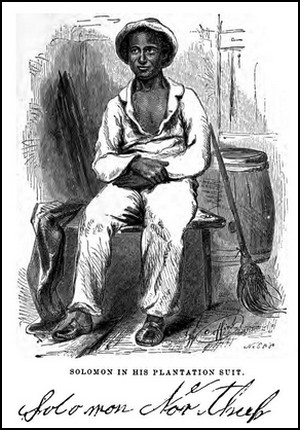 Like most of the world, I had no idea this book even existed before the movie about the New Yorker kidnapped into slavery came out. When I saw the movie, I was moderately less impressed than some but I left the theater with two basic questions: was the book an actual memoir and how close did the movie track it? As I poked around the internet, I encountered no suspicion that either Solomon Northup or the story he told were fiction which made the answer to the first question “yes”. I then located a free PDF copy of the book and set out to answer the second question myself. I had my doubts as I read the book’s early pages but it became apparent before too long that that answer was “very close”.
Like most of the world, I had no idea this book even existed before the movie about the New Yorker kidnapped into slavery came out. When I saw the movie, I was moderately less impressed than some but I left the theater with two basic questions: was the book an actual memoir and how close did the movie track it? As I poked around the internet, I encountered no suspicion that either Solomon Northup or the story he told were fiction which made the answer to the first question “yes”. I then located a free PDF copy of the book and set out to answer the second question myself. I had my doubts as I read the book’s early pages but it became apparent before too long that that answer was “very close”.